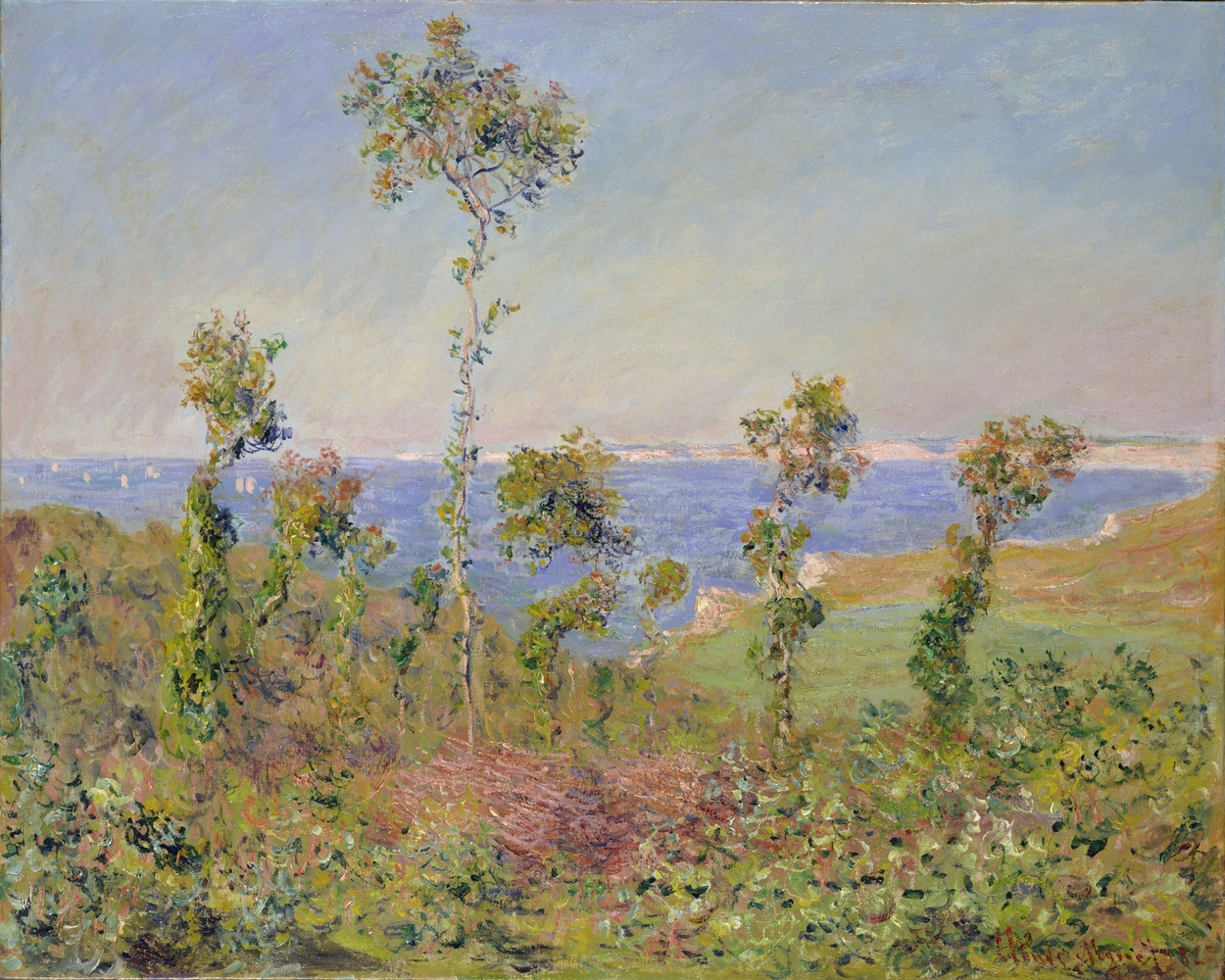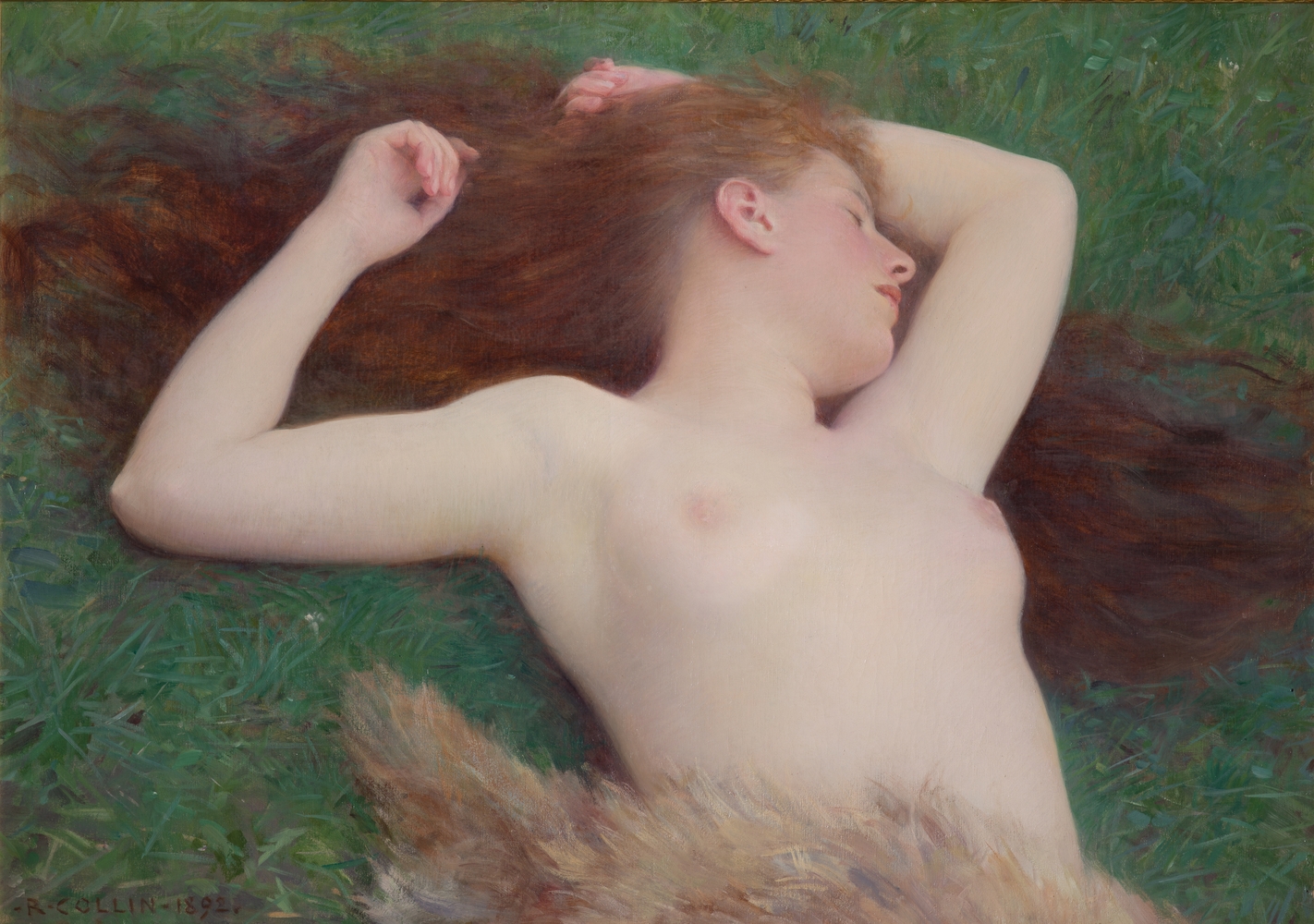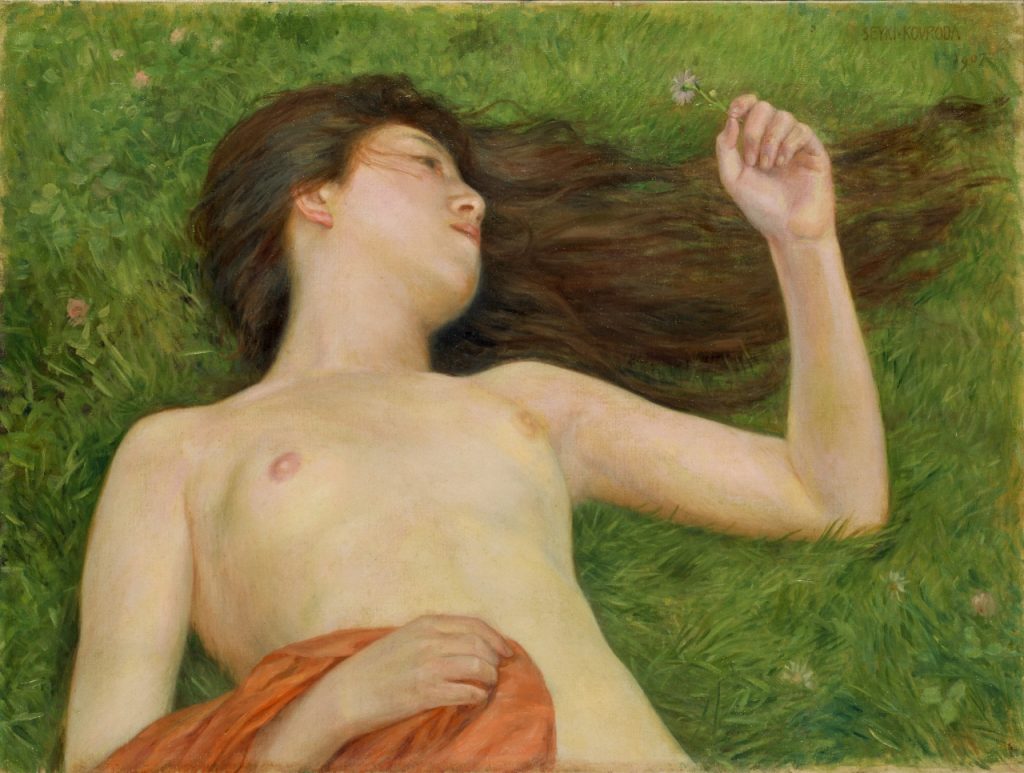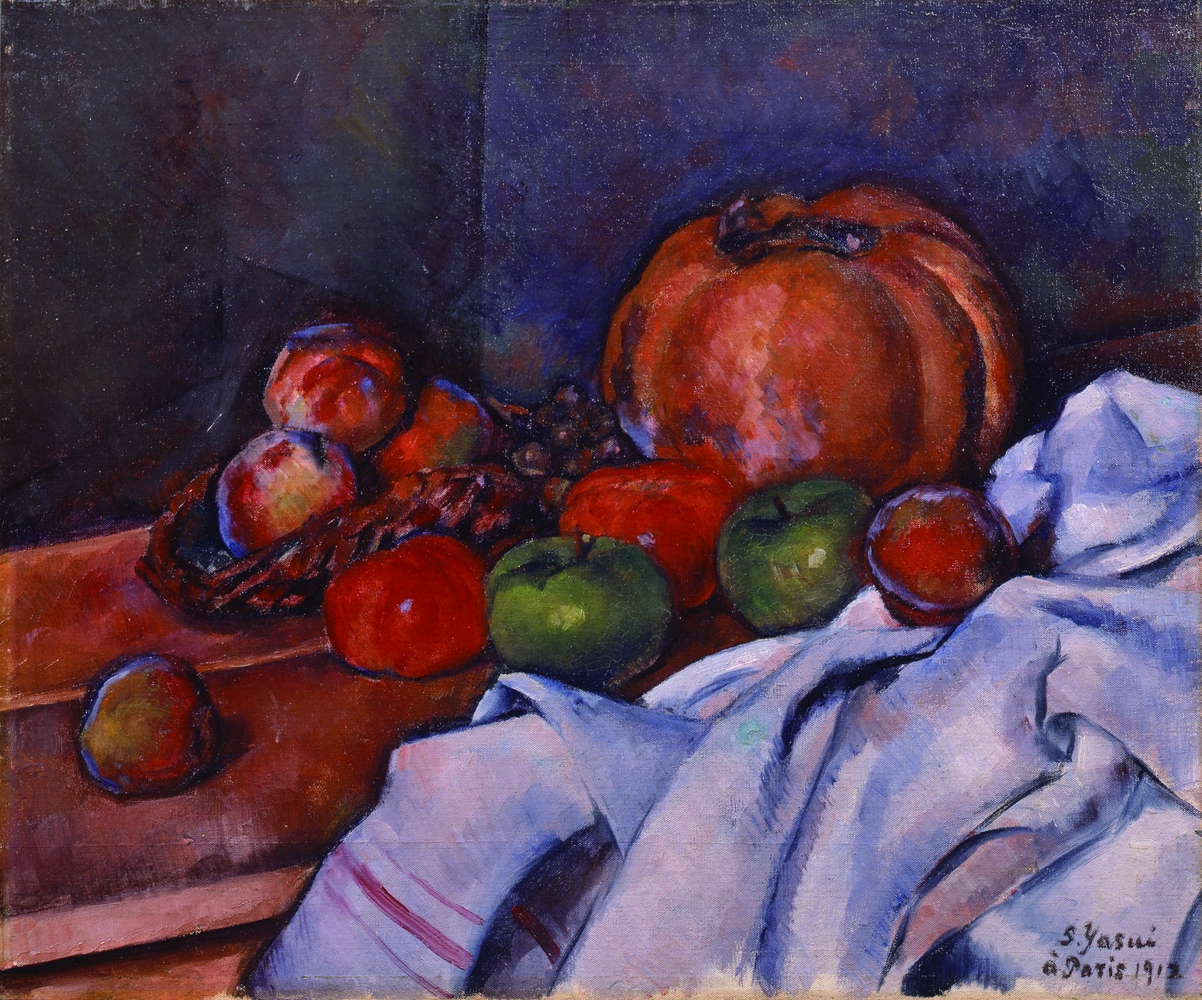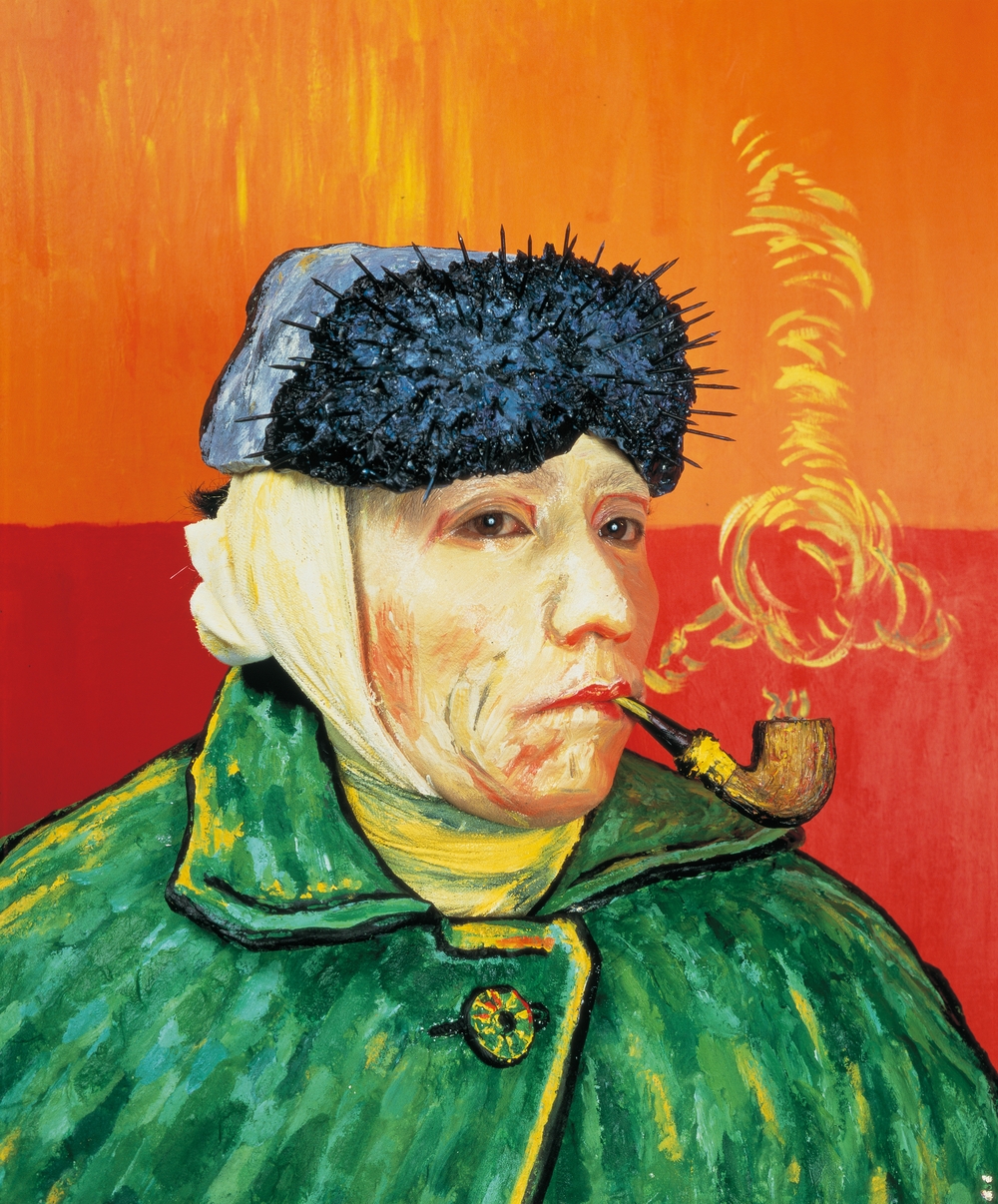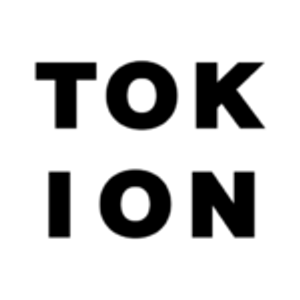The Pola Museum of Art is holding the exhibition “Connections: 150 years of Modern Art in Japan and France” from November 14th to April 4th 2021.
From the latter half of the 19th century, Japanese Ukiyo-e and traditional handicraft became an influence to the west, a source of inspiration for artists like Monet and Van Gogh. The “Japonisme” which took place around France had a wide impact on Western design and the academic art world that values tradition.
At the same time, art students such as Kuroda Seiki studied abroad in France, and what they studied there became the cornerstone of modern Japanese art. On the other hand, Taishō era painters such as Tetsugorō Yorozu and Ryūsei Kishida, who could not study art in Europe, expanded their admiration and passion for French art through magazines and art books. Their admiration for foreign countries and painters like Cezanne and Renoir, or the worshipping of Van Gogh, which was mostly spread through the magazine “Shirakaba” (white birch), sparked the imagination of many artists.
In the turbulent times of modernization, Japan and France were indispensable to each other in their search for new standards and sensibilities of beauty. With a wide collection of both Western and Japanese paintings, the current exhibition at the Pola Museum of Art is an attempt to retrace the “coming and going of beauty” between the art of these two countries in a generation where it was possible to travel across the world and exchange wares and information.
Kuroda Seiki’s mentor Raphaël Collin’s first painting since visiting Japan “Sleep” will be showcased at the exhibition. The artwork, which is said to have influenced Kuroda’s masterpiece “The Fields,” has been unknown for many years but was recently found, and it will be released to the public in Japan for the first time in 120 years.
Fondation des Artistes, Paris ©Fondation des Artistes / Raphaële Kriegel
Paula Museum of Art
The collection of the Pola Museum of Art also includes artists closely related to Japonisme, such as Monet, Van Gogh, Cezanne, Renoir, Kuroda Seiki and Okada Saburōsuke, who studied in Japan. The works exhibited all belong to artists that were vital to the art exchange between Japan and France. The collection comprises approximately 80 previously owned works, and around 50 works gathered from inside and outside of Japan.
Fukushima Prefectural Art Museum [Exhibition Period: Mid-December 2020-]
In addition, contemporary artists’ works will also be showcased, such as Yasumasa Morimura’s portrait of himself dressed up as Van Gogh, Akira Yamaguchi’s adaptation of Ukiyo-e, and Yu Araki’s video work inspired by his stay in France. The opposing perspectives of “Japan and the West” and “modern and contemporary” are expressed through humorously painted works, approaching the essence and charm of cross-cultural understanding.
For the occasion, Yasumasa Morimura, who had the opportunity to line up his own works along with Van Gogh’s, talked about the exhibition, his feelings towards it and his admiration for foreign countries and cultures.
The thoughts toward foreign paintings
There is a big hit TV drama called “The Emperor’s Cook.” The protagonist is Tokuzō Akiyama (Atsushi in the drama), a non-fictional character who, after turning sixteen in the latter half of the Meiji Era, was fascinated by the taste of the first beef cutlet of his life, thus deciding to become a chef. Takeru Satoh brilliantly played the role of Atsushi, who goes through struggle after struggle to master Western cuisine in Tokyo and Paris, finally becoming the head chef for the emperor.
Cutlets are very well-known in our generation. However, right after Japan’s Westernization in the Meiji era, not only cutlets but all Western food, in general, must have been an unknown and foreign taste for the people of the time.
Just as Western cuisine was rare in Japan at the time, Western paintings were also a foreign culture that was barely seen in the country. The meat-like volume of grease contained in oil paint, the stylishly drawn motifs; such this and that is what surprised and motived many young and aspiring artists, like the beef cutlet for Atsushi.
Kuroda Seiki, who is featured in “Connections: 150 years of Modern Art in Japan and France” at the Pola Museum of Art, was also one of those young people who fell in love with such foreign paintings. Initially aiming to study law, he moved to Paris at the age of 17, eventually awakening to the beauty of art, thus returning to Japan after having mastered French academic Impressionist painting techniques. Kuroda also became a member of the House of Lords after that, making it easy to compare to an “Emperor’s Cook” of the art world.
In “Connections,” Kuroda’s “The Fields” and Kuroda’s mentor Raphaël Collin’s “Sleep” will be showcased at the same time. I am glad to be able to compare and appreciate the two works. They could be judged as similar, but Kuroda’s work has a somewhat Japanese taste added to it. It looks like a full-course French menu where coffee and dessert are served after meals, but it has been skillfully arranged to fit the Japanese senses, like Japanese yōshoku (western food). The model for the painting is Japanese, which is shown by yellow tints added to the overall tone. The flavors of milk and cheese are held back, with soy sauce and miso being used as secret ingredients. Through his skilful arrangement, It seems as he is trying to capture the identity of Japanese culture by changing the fatty, rich tastes to something more Japanese-oriented, making good use of his Japanese spirit and Western education.
By the way, I am actually exhibiting my works too for this exhibition at the Pola Museum of Art: they consist of photographies that at first glance may look like paintings, in which I myself am transformed into Van Gogh’s “Sunflowers” and his self-portrait. As Van Gogh’s paintings were strongly influenced by Japanese culture, Japanese painters (but also writers and thinkers) have conversely been influenced by Van Gogh, as proven by printmaker Shikō Munakata when he famously said: “I will become the Japanese Van Gogh.” I think that this cross-cultural exchange between the West and Japan, which took place mostly through Van Gogh, should be paid more attention to. This is because neither side is apt to look down on the other, but rather equally showing respect and affection from both sides, thus creating a rare and happy relationship.
Although nowadays’ perspectives and techniques are quite different from the past, as a fan of Van Gogh, I still want to create a good relationship with him, without forgetting respect and affection towards my predecessors, of course. Fortunately, Van Gogh’s works (still life and landscape paintings) are on display for this exhibition at the Pola Museum of Art. It’s an encounter, happening in Hakone, between Van Gogh, who loved Japanese culture, and Japanese contemporary artists (= Morimura’s works) who love Van Gogh. It’s an honor, but it makes me shy at the same time. The excitement that I felt as a teenager when I saw Van Gogh’s paintings in an art book for the first time, is brought back to life. Indeed, what has been the encounter with a beef cutlet for Atsushi Akiyama, may as well be the encounter with Van Gogh for me.
Yasumasa Morimura
Born in 1951, in Osaka, where he currently resides. Completed his major studies and graduated from the Art Department of Kyoto City University. His first self-portrait as Che Guevara was made in 1985. Since then, Yasumasa Morimura has explored the concept of self-portraiture in art.

